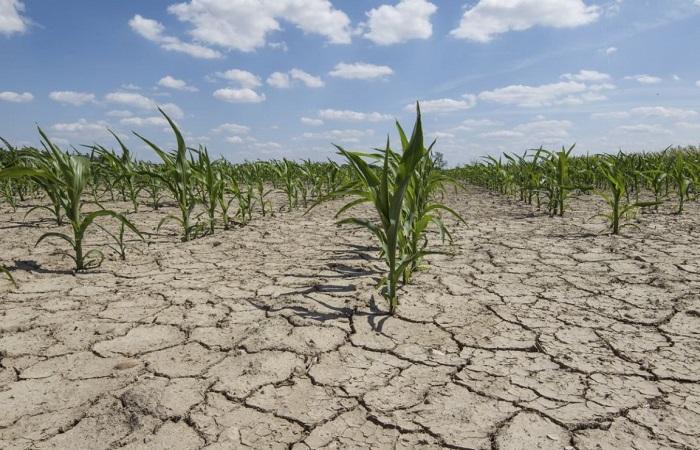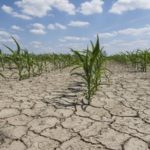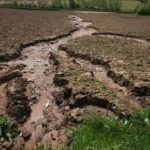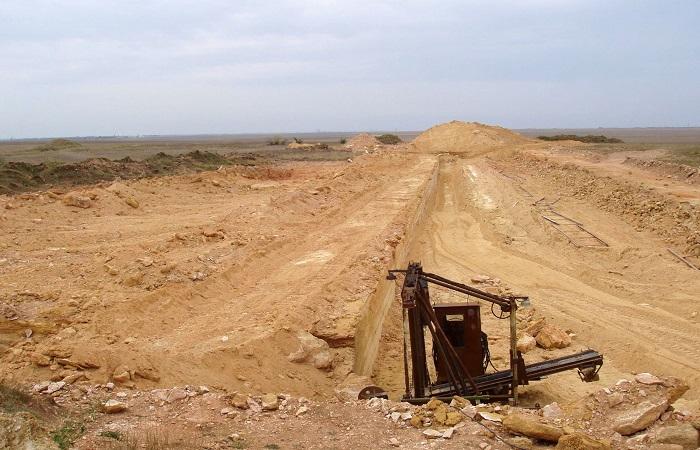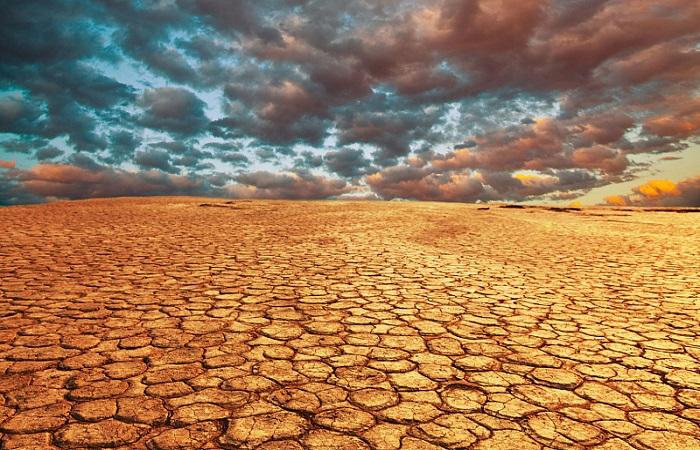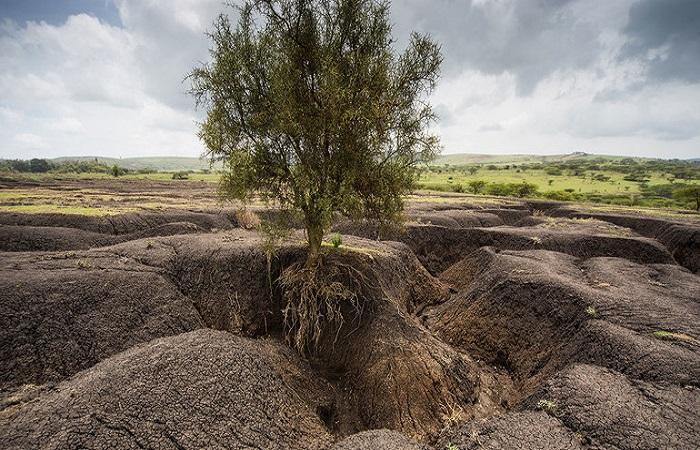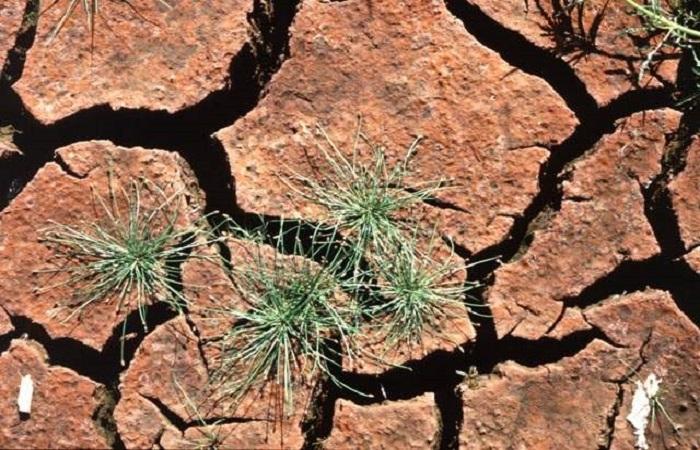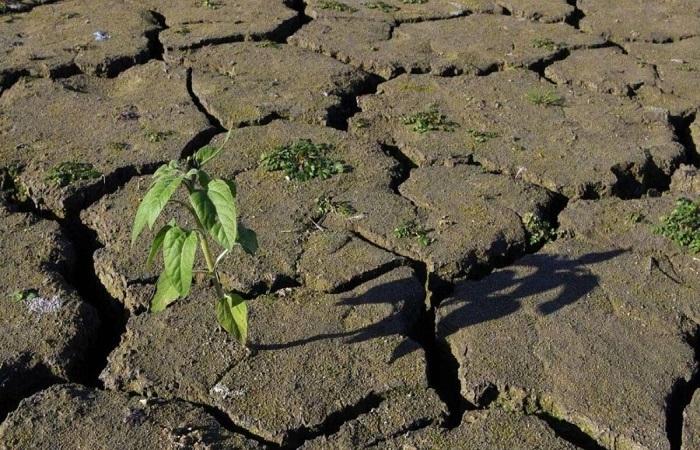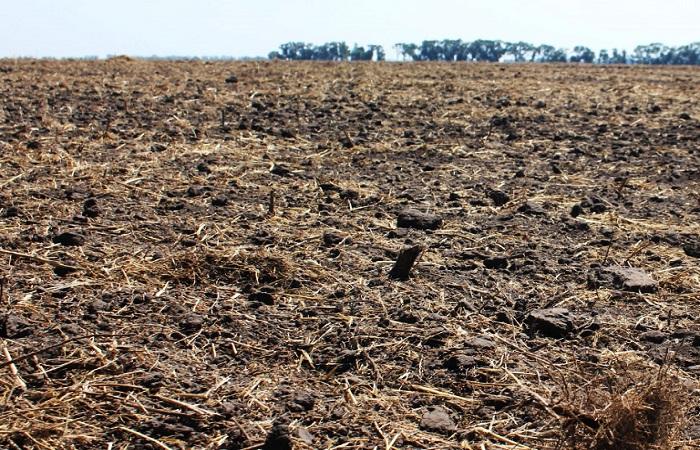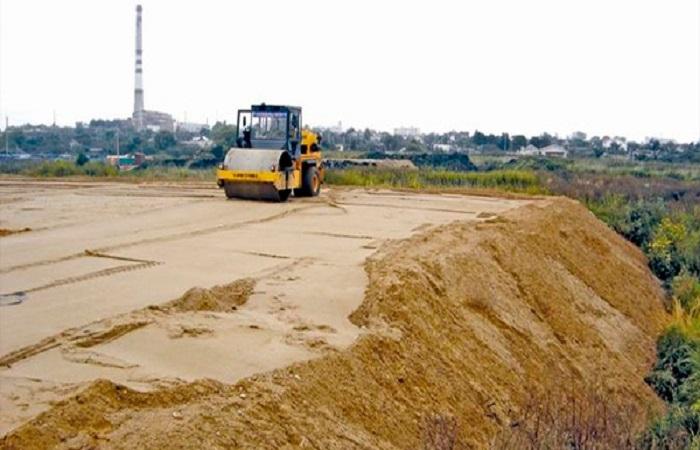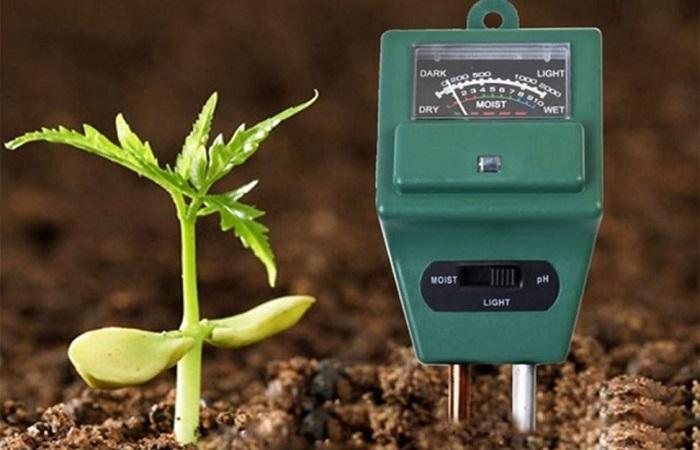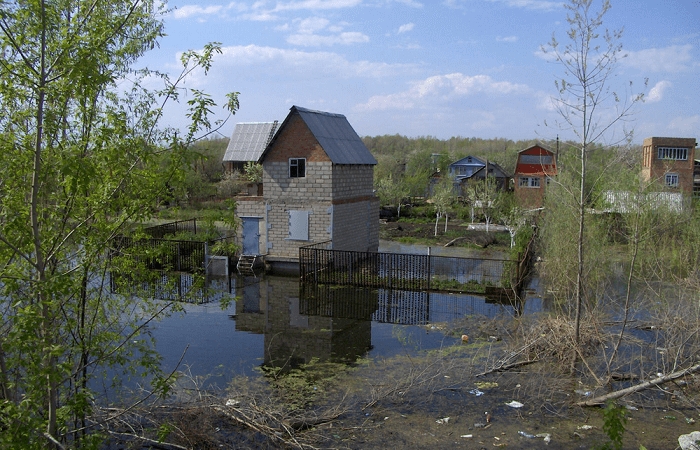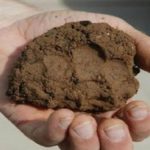Soil degradation is understood as a combination of processes that provoke a violation of the functional characteristics of the soil. At the same time, a quantitative and qualitative deterioration of its properties is observed. As a result, there is a loss of soil fertility. There are several types of degradation - pollution, waterlogging, salinization. The extreme degree of disturbance is the complete destruction of the soil cover.
What is soil degradation
Soil degradation is a process that provokes a change in the quantitative and qualitative composition of the land and a decrease in its fertility. With the complete destruction of the productive surface of the soil layer, the land loses its value for agriculture.
The main reasons for the emergence of an environmental problem include the following:
- increase in acidity parameters in vegetation;
- reduction in the volume of microelements and other valuable substances that are needed for fertility;
- soil salinization;
- violation of the structure and granulometric composition of the soil;
- overconsolidation and waterlogging of the soil;
- development of erosive processes under the influence of wind or moisture;
- removal of fertile soil layer for construction.
In this case, the impact can be chemical, physical or biological. In the first case, there is a reduction in important chemical elements and the mineral base of the soil. This leads to deterioration of fertility and a decrease in yield.
Physical impact provokes a violation of the topographic profile of the soil surface. It also causes deterioration in physical properties, reduces fertility and hydration levels. Biological degradation is accompanied by soil contamination by pathogenic bacteria and the death of beneficial microorganisms that increase yield parameters.
Main reasons
Soil degradation is mainly associated with the influence of the following factors:
- Violation of the rules for applying fertilizers and pesticides. Using excessive amounts of nitrogen negatively affects soil structure and reduces its resistance to erosion. Pesticides containing salts of heavy metals cause a decrease in soil fertility. The fact is that during processing, beneficial bacteria and worms are destroyed.In addition, there is a risk of changes in acidity.
- Reclamation works. If the technology is violated, a decrease in the size of the humus layer is observed. In this case, the fertile layer of soil is sprinkled with soil-forming rock.
- Logging. In this case, the undergrowth, litter, and grass cover suffer. Examples of particularly harmful impacts include tractor drags and the movement of timber along temporary roads.
- Uprooting. A lot of humus is carried out of the soil with the root system of trees.
- Forest fires. In this case, in addition to trees, the forest litter and grass are destroyed.
Types
There are several main types of degradation, each of which has certain characteristics.
Technological (operational)
In this case, anthropogenic activities lead to degradation. The soil structure is damaged due to overexploitation. This is due to improper use of land, in which they are not allowed to rest or change from one type of planting to another.
Overmoistening and waterlogging
Factors influencing the structure of the soil include its waterlogging by large amounts of precipitation and floods. Improper reclamation also leads to problems. In this case, the oxygen content in the fertile soil layer, which is required by plants, decreases.
Desertification
This is the most common type of soil degradation. In this case, fertile lands turn into a lifeless wasteland. This process is accompanied by soil pollution and the death of animals and plants. The main cause of problems is the lack of moisture in the surface structures of the earth.
Salinization
This process is accompanied by the accumulation of salts in the root layer. These substances provoke a violation of acidity parameters.At the same time, sulfates, sodium and calcium salts, and chlorides accumulate in the soil.
Soil erosion
This term refers to the destruction of the upper layers of vegetation cover - they are considered the most fertile. The cause of problems may be washing away during precipitation and floods or being blown away by strong winds.
How to evaluate
Soil degradation is observed in different regions. It is most pronounced in the Volga, Central, and Far Eastern federal districts. However, this is not a complete list of problem areas.
A special scale is used to assess soil changes. In this case, points are assigned as follows:
- non-degraded soil – no more than 5;
- slightly degraded soil – up to 25;
- moderately degraded lands – 25-50;
- highly degraded soil – 50-70;
- extremely degraded soil – more than 70.
Possible consequences
Soil degradation leads to negative consequences. In advanced cases, the land becomes unsuitable for growing crops.
Dehumification
A decrease in humus content is observed with secondary salinization of the soil due to excessive irrigation, waterlogging, waterlogging, and the use of fertilizers.An increase in soil acidity parameters also leads to problems.
Seal
In this case, a decrease in yield by 10-40% is observed. The causes of the problems include the use of heavy equipment in the fields, constant grazing of livestock, and plowing of the soil.
Increase in acidity
Excessive use of fertilizers leads to a strong increase in acidity. Acid rain can also cause problems. To cope with the problem, liming is necessary.
Flooding
This term refers to a special state of groundwater in which it rises to the level of the root system or to the soil surface. The causes of problems may be prolonged precipitation, violation of land reclamation rules, and fires that draw water from the land.
Solution
To cope with land degradation, reclamation is carried out. To restore the soil structure, technical planning of the site is performed. After which it is covered with a layer of soil with a high humus content. At the next stage, agrotechnical preparation and phytomelioration are carried out. These procedures help revitalize the land.
Soil degradation is considered a rather complex problem, which leads to a significant decrease in crop yields. To cope with a violation, it is necessary to establish the reasons for its occurrence and take adequate measures.

